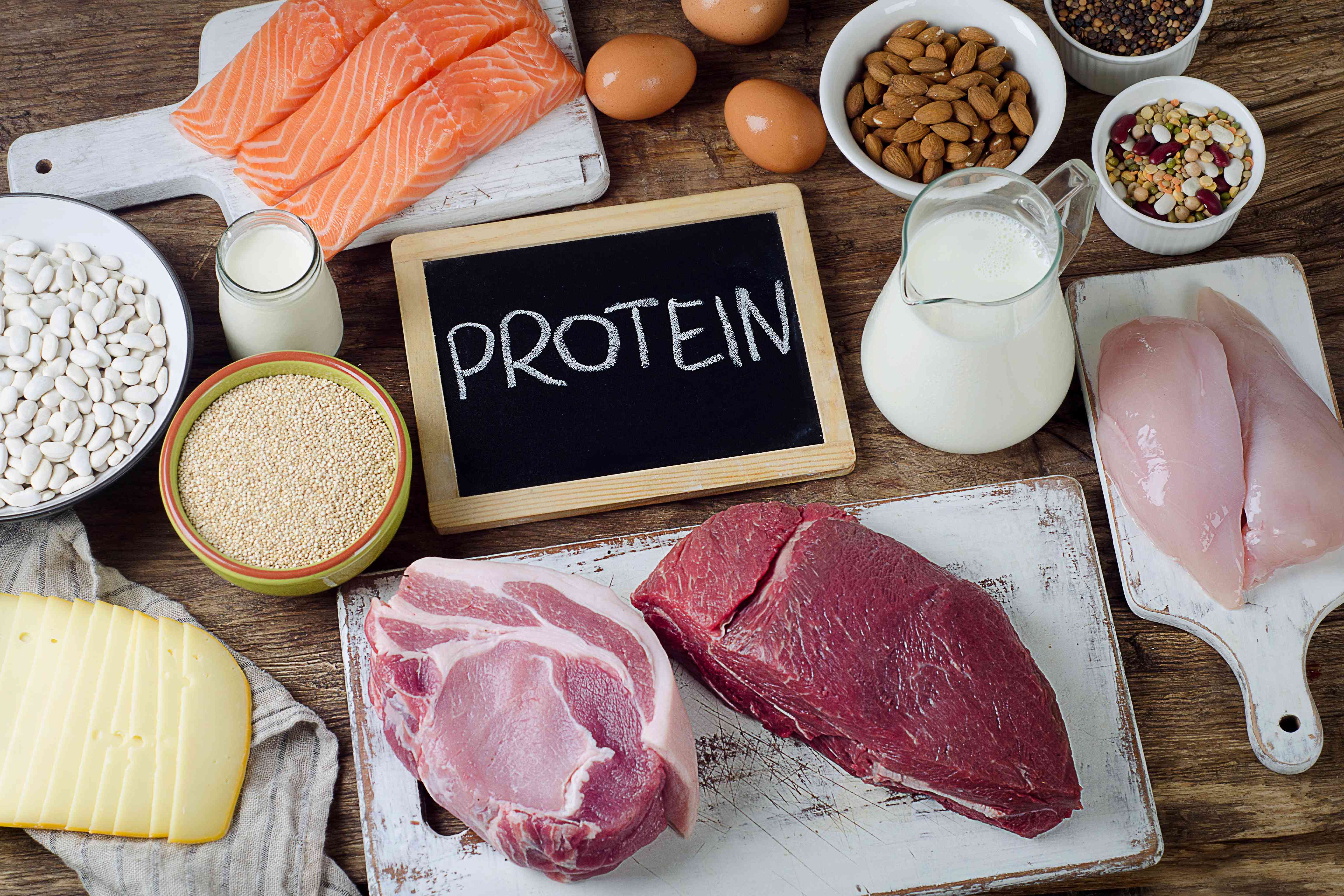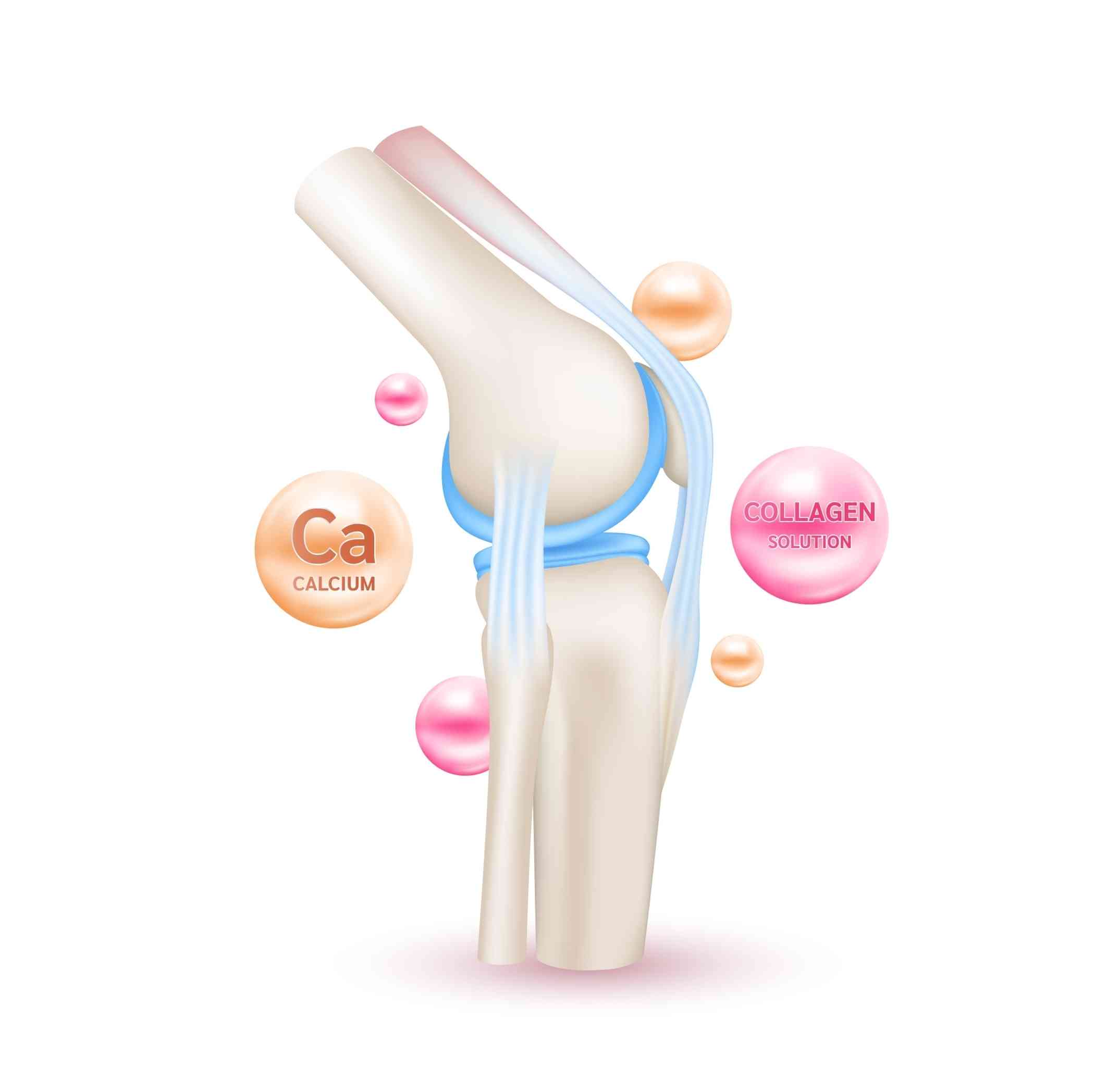

Picture this: it's a beautiful Sunday morning, and you wake up feeling refreshed. You stretch your arms above your head, ready to embrace the day. But as you move your legs to get out of bed, you feel a twinge of discomfort in your joints. Ah, the joys of getting older! As we age, our bodies go through changes, and one area that often suffers is our joints.
Fear not! There's a secret weapon in the fight against joint pain and stiffness—your diet. Yes, what you eat can have a significant impact on the health of your joints. By nourishing yourself with the right foods, you can promote flexibility and keep those joints happy.
You might wonder, "What diet is good for my joints?" Well, that's precisely what we'll explore in this article. We'll delve into the world of joint-healthy nutrition and discover which foods can give you the best chance at maintaining mobility as you age.
Now, let's get started on this exciting journey toward healthier joints!
When it comes to maintaining healthy joints, what you put on your plate plays a crucial role. One key component of a joint-healthy diet is incorporating foods rich in omega-3 fatty acids. These essential fats have been shown to reduce inflammation in the joints, promoting flexibility and mobility as you age.
So, which foods should you turn to for a dose of these joint-loving nutrients? Look no further than fish like salmon and sardines, which are packed with omega-3s. Not a fan of seafood? No worries! Other options include walnuts, chia seeds, and flaxseeds. These plant-based sources also provide a good amount of omega-3 goodness.
Incorporating omega-3-rich foods into your daily meals doesn't have to be complicated. Start by adding some grilled salmon to your salad or enjoy a handful of walnuts as an afternoon snack. You can also sprinkle chia seeds or ground flaxseeds into your morning smoothie or oatmeal for an extra boost.
Next, we'll explore the power of antioxidant-rich fruits and vegetables in promoting happy joints.
Did you know that antioxidants also play a crucial role in maintaining healthy joints? They help protect our joints from oxidative stress, which can lead to joint damage and discomfort.
By embracing these colorful elixirs for happy joints, you'll not only be treating yourself to tasty meals but also nourishing your body with the essential antioxidants it needs for optimal joint health.
Next up, we'll take you through some lean protein sources for joint health.
When it comes to caring for your joints, a balanced diet that includes lean protein sources is key. Protein helps in supporting joint tissue maintenance and repair, keeping your joints strong and flexible. So, let's dive into the world of protein power-ups for healthier joints!
Poultry: Including chicken and turkey in your diet provides lean protein that is low in saturated fat. These options are versatile and can be enjoyed grilled, baked, or added to salads and stir-fries.
Beans: Whether you prefer kidney beans, black beans, or chickpeas, legumes are an excellent plant-based source of protein. Add them to soups, stews, or make delicious bean burgers.
Tofu: If you follow a vegetarian diet, this soy-based food is a fantastic choice for joint health. It's packed with high-quality protein and contains important nutrients like calcium and iron. Try marinating tofu and grilling it for added flavor.
Remember that portion control is essential when it comes to consuming protein-rich foods. Aim for about 3-4 ounces of lean protein per meal to ensure you're getting the right amount.
You know that a healthy diet plays a crucial role in maintaining overall joint health as you age, but did you know that certain nutrients, like calcium and vitamin D, are particularly important for keeping your bones and joints strong?
Calcium is an essential mineral for maintaining healthy bones and joints. It provides structural support and helps prevent conditions such as osteoporosis. Dairy products like milk, cheese, and yogurt are rich in calcium. If you prefer plant-based alternatives, fortified soy or almond milk can also be good sources of this bone-loving mineral.
Vitamin D works hand-in-hand with calcium by assisting its absorption in the body. This dynamic duo is vital for maintaining the health of your bones and joints. While sunlight is the best natural source of vitamin D, it may not be sufficient for everyone. Fortified foods like orange juice, cereals, and some dairy or plant-based milk can offer additional vitamin D support.
To recap, we've explored the importance of a joint-healthy diet and how it plays a key role in maintaining mobility and overall well-being. Let's quickly summarize the key points from each section:
Omega-3 fatty acids: Incorporate foods rich in omega-3s like salmon, walnuts, chia seeds, and flaxseeds to help reduce inflammation in your joints.
Antioxidant-rich fruits and vegetables: Enjoy a vibrant array of berries, leafy greens, and tomatoes to protect your joints from oxidative stress.
Lean protein sources: Include lean proteins such as poultry, beans, tofu, and lentils in your meals to support joint tissue maintenance and repair.
Calcium and vitamin D: Boost your bone health by consuming calcium-rich foods like dairy products, fortified plant-based milk, and leafy greens. Additionally, get some natural vitamin D from sunlight or fortified foods.
By incorporating these dietary recommendations into your everyday life, you can nourish your joints and promote better joint health as you age.
Take care of your joints—they're the foundation that keeps you moving!
Disclaimer: The information provided in this article is for general informational purposes only. It is not intended to be a substitute for professional advice, diagnosis, or treatment. Always consult with qualified healthcare professionals regarding any questions. Reliance on any information provided in this article is solely at your own risk. We do not endorse or recommend any specific products, services, or treatments mentioned.
